|
PROJECT STORY 09 |

|
|---|
The Yamba Dam construction project, completed 68 years after its initial planning.
―JESCO SUGAYA participated as a local company―
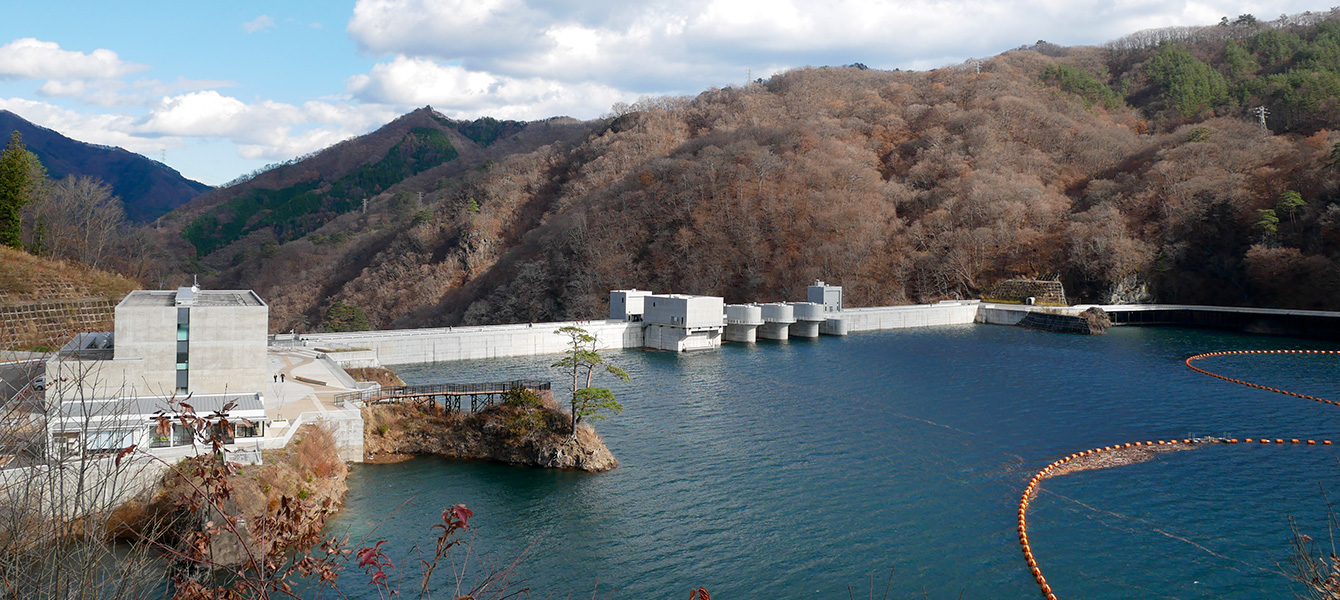
|
About Yamba Dam In 1952, the Ministry of Land, Infrastructure, Transport and Tourism decided to construct the Yamba Dam in Nagano-machi, Agatsuma, Gunma Prefecture, with the aims of flood control, water supply, and power generation for the Agatsuma River, a tributary of the Tone River. However, the construction of the Yamba Dam has been subject to the shifting tides of time, experiencing phases of freezing, postponement, cancellation, and then re-decision. In April 2020, 68 years after the construction decision, the Yamba Dam was finally completed and operations began, having overcome numerous challenges. Just before the start of operations, the Yamba Dam once again attracted public attention. In October 2019, as trial reservoir filling was underway, Typhoon Hagibis struck the Japanese archipelago, bringing record-breaking heavy rain and strong winds to the Kanto and Tohoku regions. |
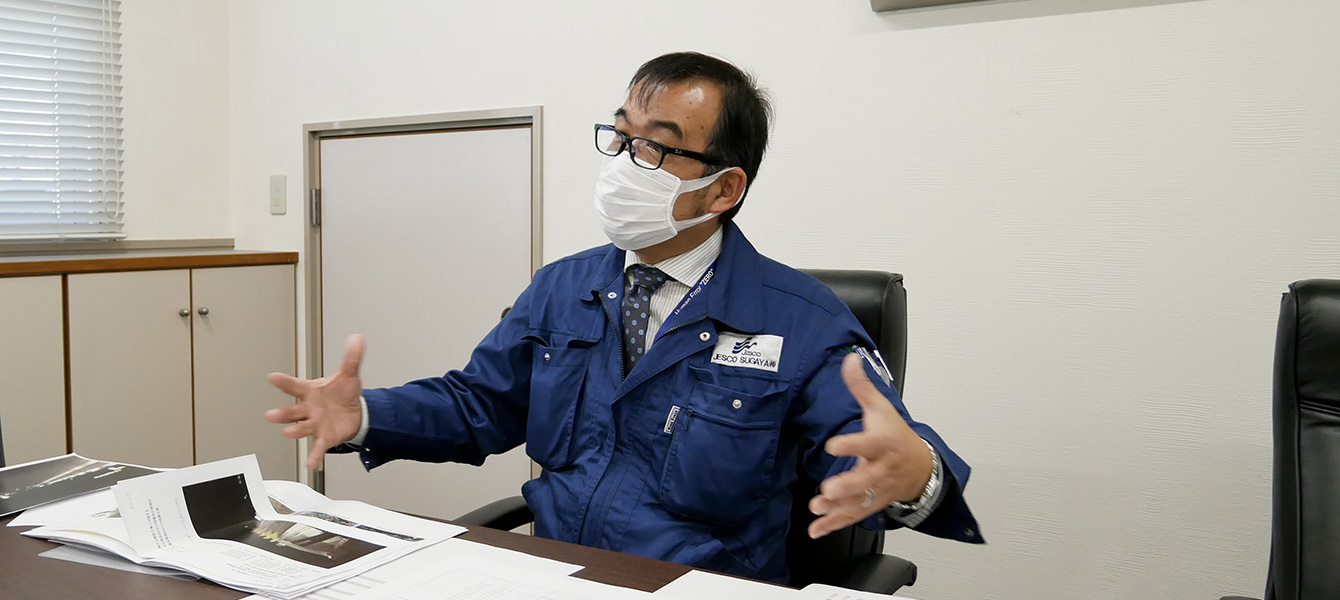
|
|
The heavy rain from Typhoon Hagibis demonstrated its effectiveness in reducing flood damage in the metropolitan area Due to the heavy rain, the Tone River experienced a rise in water levels, with 75 million tons of rainwater flowing into the dam's reservoir, causing a water level increase of 54 meters. This significantly contributed to reducing flood damage in the Tone River downstream areas, particularly around the metropolitan region, and garnered attention. The construction of the Yamba Dam, which has long been in the public eye, involved numerous electrical and communication projects carried out by JESCO SUGAYA Co., Ltd., a company headquartered in Gunma Prefecture with a 70-year history in electrical and communication equipment construction. They received orders from the Ministry of Land, Infrastructure, Transport and Tourism (Yamba Dam Construction Office), Gunma Prefecture, Tokyo Electric Power Company, and the dam joint venture. Leveraging their local connections and track record, JESCO SUGAYA handled around twenty projects related to the dam and surrounding facilities, including electrical and communication work, power transmission, and transformation. The scope of work included relocating transmission and transformation facilities, optical cables, and broadcast relay equipment submerged by the dam. Specifically, this involved installing cameras for dam discharge and river monitoring, laying CCTV cables, and setting up electrical and communication systems for the power plant building, management building, dam's audit tunnel lighting, dam uplighting, and tourist monuments. Additionally, it covered some new road lighting and electrical work for a newly constructed gymnasium, among other extensive tasks. Kunitoshi Hagiwara, Executive Officer and Senior Managing Director of the Engineering Division, approached these projects with a strong personal commitment. Hailing from Nagano-machi, Hagiwara had a deep connection to the local projects. "I want to contribute to the local community through these projects," he said. This sentiment was shared by JESCO SUGAYA employees and local affiliated companies, and their collective empathy became a driving force behind the work. |
|
Stories of the Five Engineers Who Took Command of the Project |
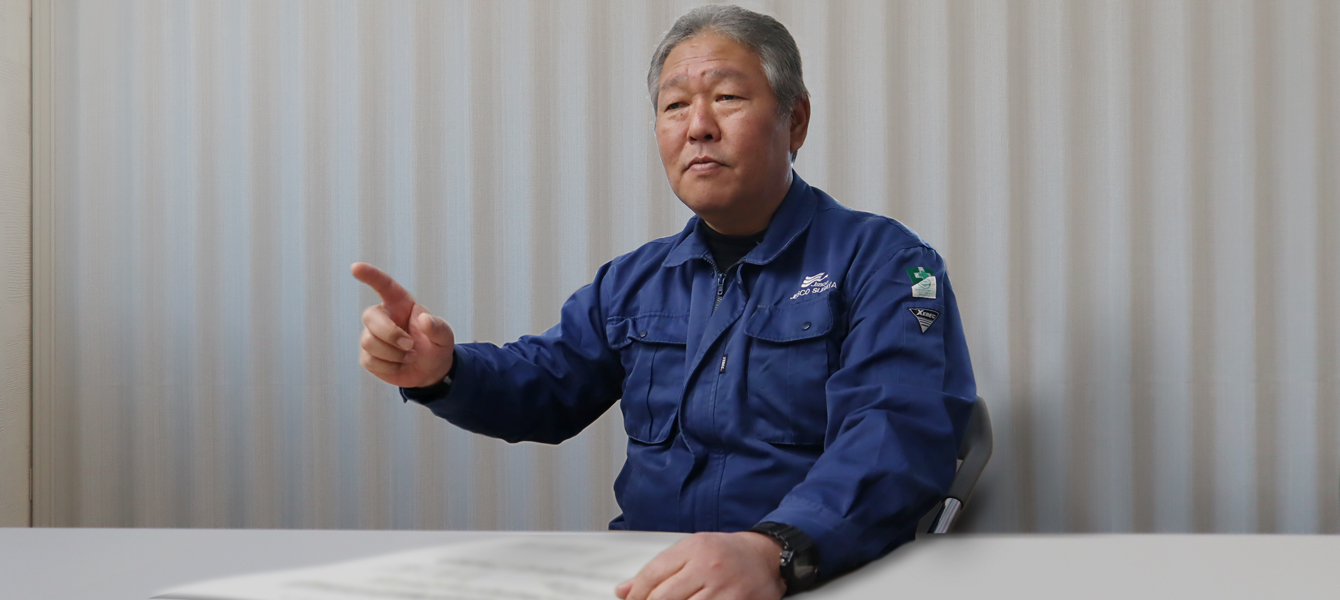
|
|
Removal of 5.8 kilometers of existing transmission equipment and project management, including nighttime work—skills and dedication honed since the company's founding in Gunma Kano Hisashi, the section chief of the Power Construction Section in the Engineering Division, was responsible for the removal of transmission equipment submerged due to the Yamba Dam construction and the installation of new overhead transmission lines connected to underground cables. The removal of existing transmission equipment involved 5.8 kilometers of transmission lines and 22 steel towers. This required the massive task of dismantling and removing the transmission lines, tower foundations, and tower materials. The installation of the new overhead transmission lines faced challenges such as extending lines across valleys where access was difficult. The work was carried out with the help of "remote-controlled helicopters." Kano adapted flexibly by utilizing the extensive skills developed over many transmission projects since the company's founding, along with his network and information. Overhead line work across railways often required nighttime operations, and there were occasions when progress was hindered by the schedules and regulations of other ongoing Yamba Dam-related projects. Despite the impression of an enormous amount of work and effort, Kano cheerfully says, "This is the job of transmission. It was challenging, but it was also a highly rewarding site.
|
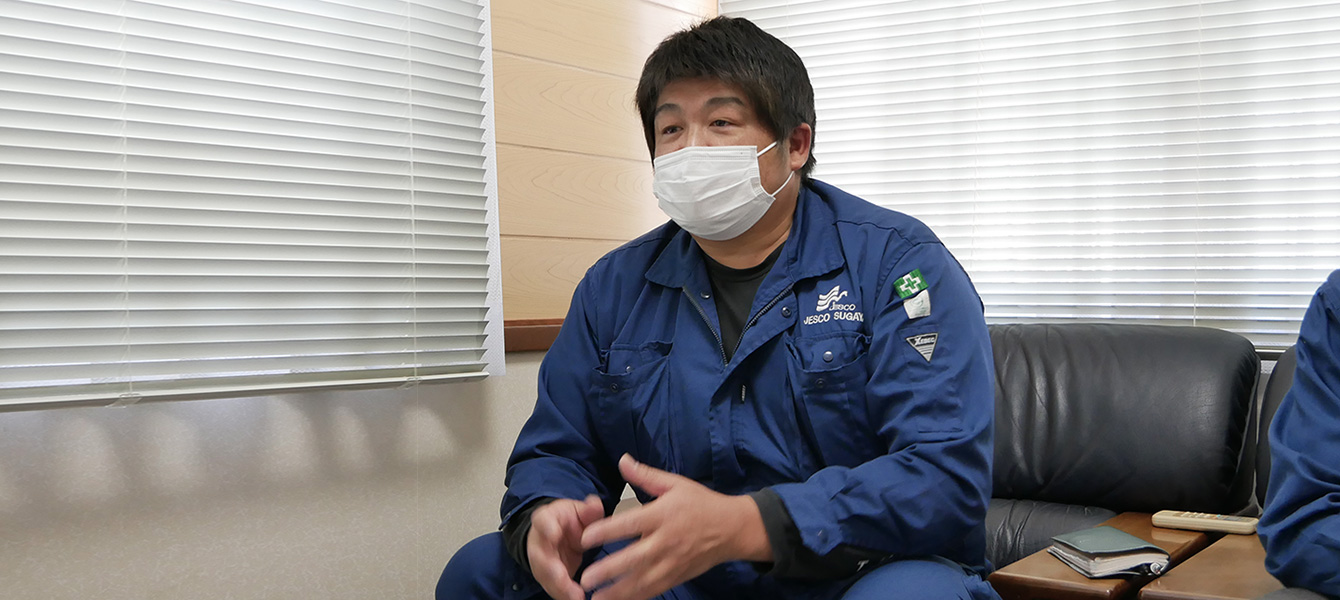
|
|
Valuing connections with general contractors, partner companies, and others has led to the success of the project Iwasaki Takayoshi, the section chief of the Information and Communication Section in the Infrastructure Division with 28 years of experience, was responsible for the information and communication sector. He installed 20 CCTV cameras and 10 additional simple cameras across the dam, the Agatsuma River basin, and bridges spanning the Agatsuma River. The installation of these cameras was the final phase of the overall construction, requiring rapid setup. The work often took place in challenging conditions, such as on unstable riverbanks. Additionally, since Iwasaki’s project involved numerous related construction companies, he frequently interacted with various technicians and workers on site. Despite being known for his skill in handling delicate CCTV cables, Iwasaki emphasized the importance of "first, people. Valuing connections with people" to ensure the success of the project. Iwasaki made sure to advance work preparations before receiving instructions from the client and always greeted partner companies with a smile, even if the schedule faced some delays. Through his four years working on the Yamba Dam project, he built trust with government agencies, major general contractors, partner companies, and local residents, expanding his network and increasing his own trustworthiness. |
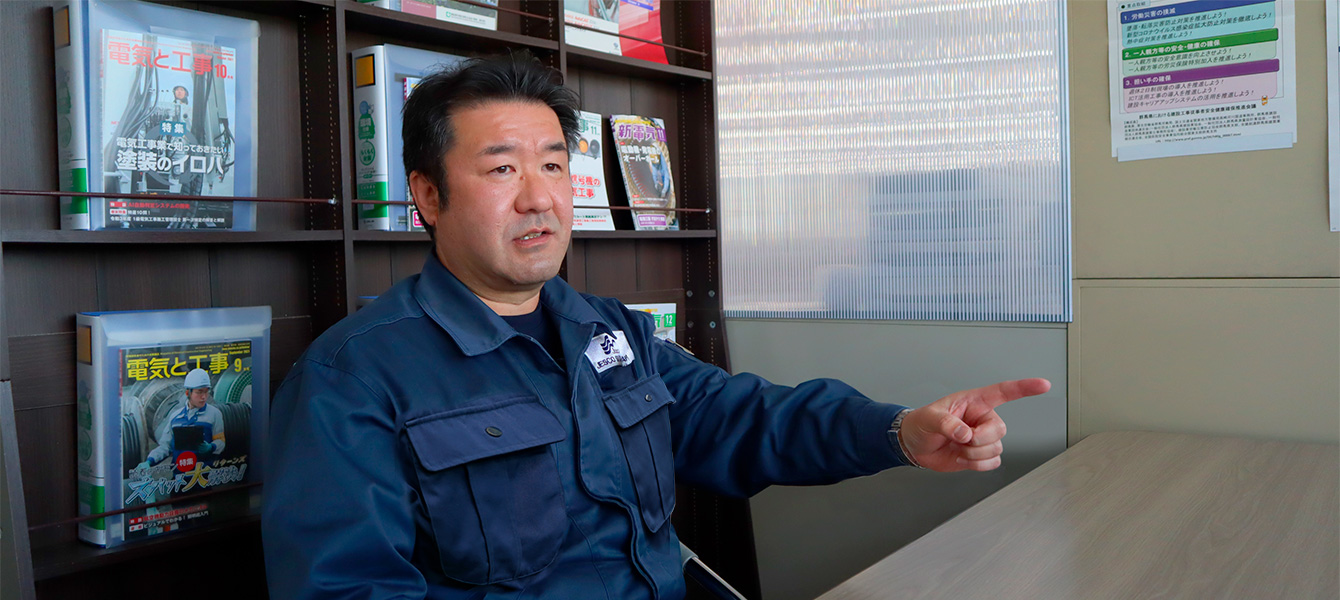
|
|
There’s nothing special. Just do it as usual Chikiyama Tsukasa, the section chief of the Electrical Engineering Division's Electrical Installation Section, was responsible for the electrical equipment in the dam management building. This building not only includes safety monitoring functions for the dam and reservoir but also serves as a facility for displaying materials and videos for visitors. When asked about his thoughts and difficulties regarding the dam, Tsukasa surprisingly responded, "Oh, there’s nothing special." He then added, "Our job is simply to ensure that the design drawings are accurately realized." Many contractors were involved in this project, with three or four companies handling electrical work alone. They had to manage the schedule while considering each other's work, responding to additional requests and changes from other contractors. There were also days that began with "snow removal" to ensure safety due to 20-30 cm of snowfall. Tsukasa stated, "It’s the same everywhere. Everything was within expectations. It was necessary for precise construction. No matter how much personal investment or difficulty there is, mistakes or injuries during construction would mean nothing." "Regardless of the scale or number of personnel, focusing on 'precise construction' is key." Tsukasa’s steadfast commitment to this principle is likely why SUGAYA continues to be trusted in Gunma. |
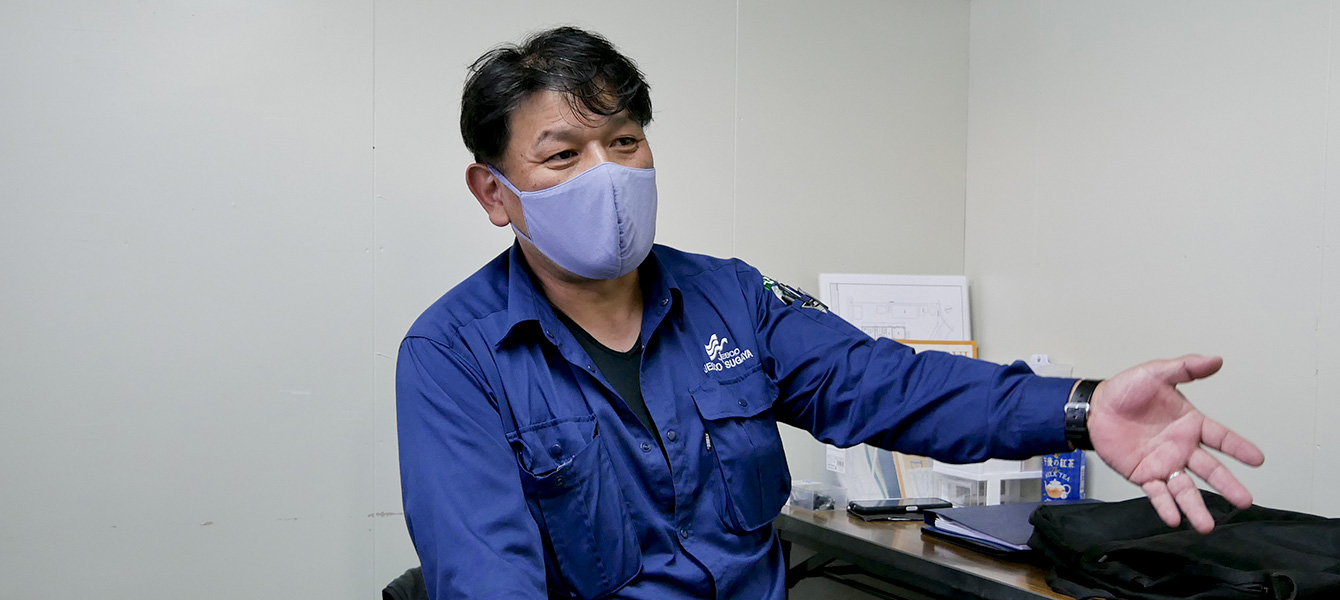
|
|
In the wiring work on the exposed concrete walls inside the power plant, a different level of aesthetic quality was required Nakamura Hisashi, Assistant Manager of the Electrical Installation Section in the Infrastructure Division, who was responsible for the lighting work in the power plant building, is also a native of Naganohara Town, just like Hagiwara. Having previously handled numerous outdoor lighting installation projects for roads and parks, Nakamura was tasked with installing lighting fixtures, electrical outlets, and fire alarms inside the power plant. While he noted that 'technically, there wasn't much difference from the projects I've handled before,' there were some unique requirements for this project. The wiring on the exposed concrete walls of the basement could not be embedded within the walls due to the building's design, so it had to be laid out on the surface. Since the wiring would be visible, there was a demand for 'aesthetic wiring.' Based on the blueprints, Nakamura directed the workers from the partner company, mentally mapping out the wiring routes. 'It was nerve-wracking, but I believe the wiring turned out just as I envisioned,' he said with confidence. After successfully completing the project, Nakamura expressed his relief, saying, 'I was relieved to be able to complete the dam construction, a project that garnered attention in the land where I was born and raised. |
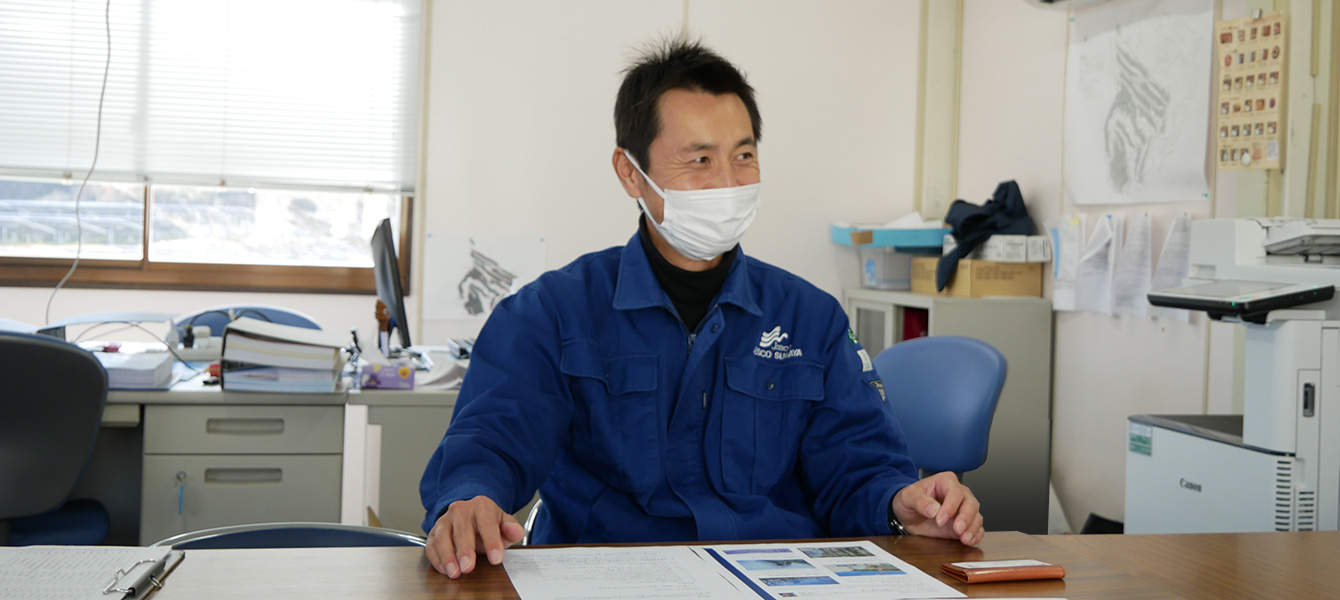
|
|
Unprecedented Tension Experienced in Transmitting Signal to Parabolic Antenna 40km from Reflector Matsumoto Takahiro, Chief Engineer of the Construction Technology Department in the Engineering Division, was involved in the installation of the communication reflector. The project aimed to create a communication route linking the newly constructed management building at Yamba Dam with the relay station at the summit of Mount Akagi via a microwave link. Due to signal obstruction by mountains and other terrain, it was impossible to directly transmit the microwave signal from the parabolic antenna installed next to the dam’s management building to the antenna on Mount Akagi. To overcome this, a reflector was installed 2 kilometers away from the dam to reflect the signal, which then had to be transmitted to a 4-meter diameter parabolic antenna located about 40 kilometers away at the summit of Mount Akagi—a highly challenging task. The project began with the installation of an 8-meter square reflector on a mountaintop near the dam, which took three months to complete from the foundation work to the final installation of the reflector. Matsumoto describes the difficulty of the task as follows: 'It required precision as if threading a needle from a great distance. It was the first time I had ever been required to work with such a high level of accuracy. The tension was unlike anything I had experienced before.' Matsumoto made subtle adjustments, moving the six bolts of the reflector by fractions of a millimeter to change the angle of the reflector and ensure the successful transmission of the signal. Even a 0.1-degree difference in angle could cause a significant error over a distance of 40 kilometers. The adjustments took two days to complete before the signal was successfully transmitted. When asked about his feelings when the signal finally passed through the reflector, Matsumoto expressed with excitement, 'I was overwhelmed with a sense of relief and accomplishment that I had never experienced before. |
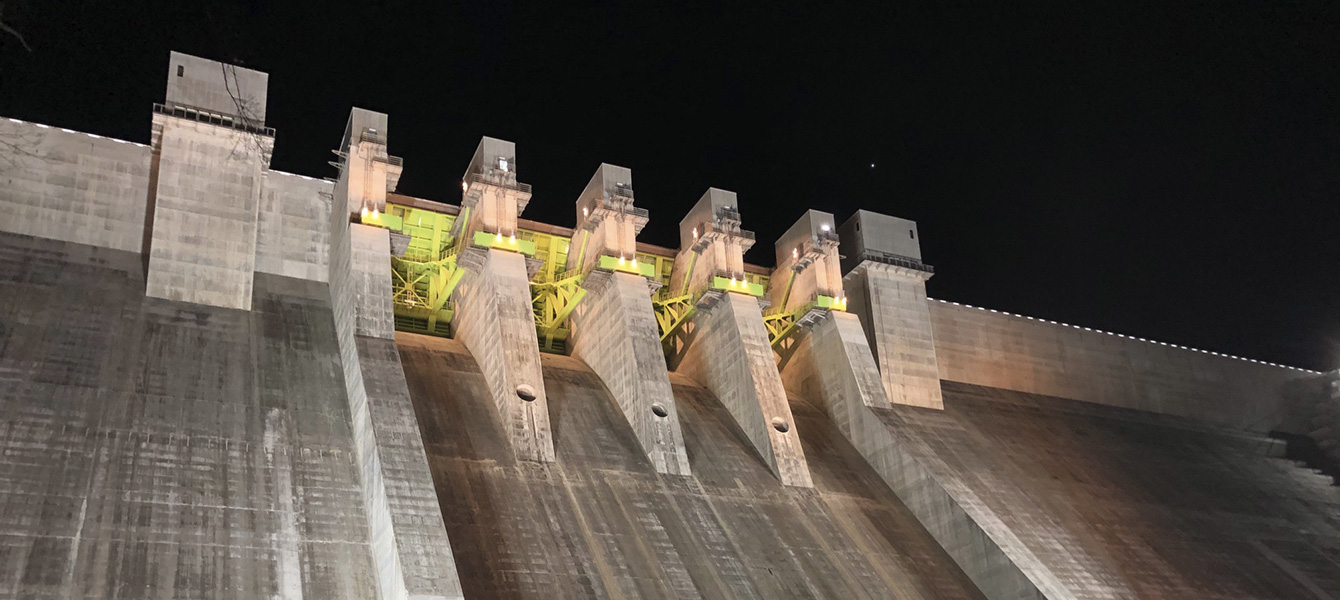
|
|
Many engineers who participated in the construction of the Yamba Dam have said, 'This project was truly fulfilling.' Hagiwara summarizes the Yamba Dam construction as follows: 'As a local company, we had a strong desire to contribute, even just a little, to the local community. Through this project, we were able to build trust and networks with our clients, partner companies, and local residents, making it a highly meaningful project for SUGAYA. |
|
(2022 January) |
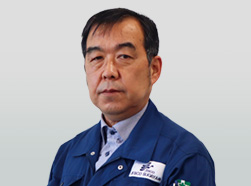
JESCO SUGAYA Co.,Ltd
Corporate Officer
Engineering Business Headquarters
Division Director
HAGIWARA KUNITOSHI
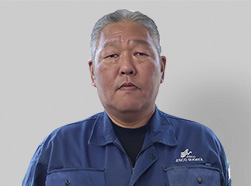
JESCO SUGAYA Co.,Ltd
Engineering Business Headquarters
Engineering Business Deparment
Power Construction Department, Transmission Section
Section Manager
KANO HISASHI
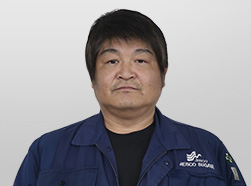
JESCO SUGAYA Co., Ltd.
Engineering Business Headquarters
Infrastructure Division
Information and Communication Section
Assistant Manager
IWASAKI TAKAYOSHI
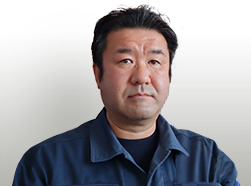
JESCO SUGAYA Co., Ltd.
Engineering Business Headquarters
Infrastructure Division
Electrical Installation Section
Assistant Manager
CHIKAYAMA TSUKASA
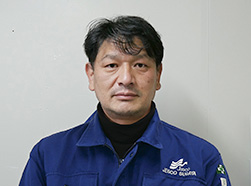
JESCO SUGAYA Co., Ltd.
Engineering Business Headquarters
Engineering Division
Construction Technology Department
Senior Staff
NAKAMURA HISASHI
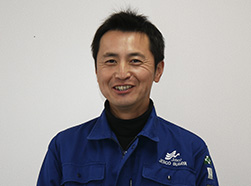
JESCO SUGAYA Co., Ltd.
Engineering Business Headquarters
Engineering Division
Construction Technology Department
Senior Staff
MATSUMOTO TAKAHIRO


